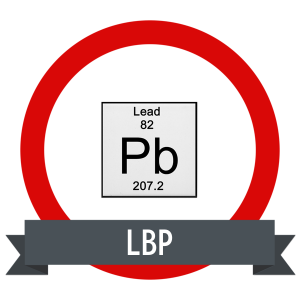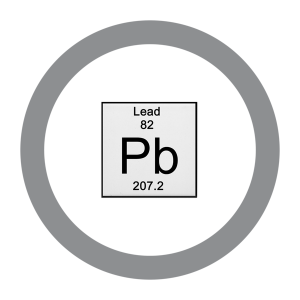It’s National Lead Poisoning Prevention Week. Do You Know How To Stay Lead Safe?
National Lead Poisoning Prevention Week is here. NLPPW encourages individuals, organizations and governments to increase lead poisoning prevention awareness in an effort to reduce childhood exposure to lead. Lead exposure to children can be extremely harmful causing damage to the brain and nervous system, as well as slowed development.
The most common route of lead exposure in children is ingestion from chemicals and foreign bodies containing lead such as lead paint (peels, chips, paint removal) or contaminated food or water. It is important to keep yourself educated on the products you use for your safety and the safety of those around you. Did you know we offer training courses in Lead Management and Lead Awareness for this purpose? Check them out now:
Lead & Lead-Based Paint (LBP) Management
In this 3 module training curriculum, you’ll learn:
- What lead and lead-based paint (LBP) is
- Modern day products that contain lead
- Lead laws and executive orders
- How to detect lead-based paint
- Precautions you should take when remodeling buildings that contain LBP
- LBP abatement activities
- Renovation, Repair, and Painting (RRP) activities
- Lead’s harmful health effects on the human body (adults and children)
- Why lead is so toxic to humans
- Lead sources and how you could be exposured
- Lead exposure symptoms
- How to reduce potential health risks from exposure to lead
- The different methods to test for lead in paint (laboratory and field testing)
- Proper LBP waste disposal
- Removal of structures containing LBP
- Certifications to conduct work with LBP
- How to become certified to perform LBP renovations
- Proper procedures for safely removing LBP
- States authorized to administer the LBP program
- The Toxic Substances Control Act (TSCA)
- TSCA notification exceptions
- The Resource Conservation and Recovery Act (RCRA) and LBP
- OSHA and LBP
- Plus more

Lead Awareness
In this training course, you’ll learn:
- What lead is and who regulates it
- Common uses of lead
- Why lead is used in products
- Routes of lead exposure
- Symptoms of lead poisoning
- Levels of lead poisoning
- Lead dangers for children and adults
- Preventative measures to avoid lead poisoning
- Plus more
Visit https://www.epa.gov/lead/national-lead-poisoning-prevention-week to learn more about NLPPW.


